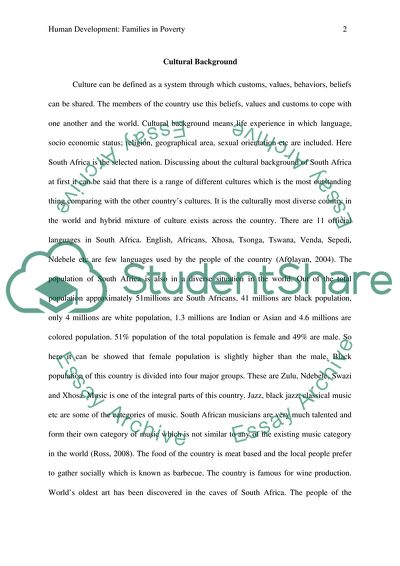Cite this document
(Human Development: Families in Poverty Literature review, n.d.)
Human Development: Families in Poverty Literature review. Retrieved from https://studentshare.org/social-science/1831702-human-development-families-in-poverty
Human Development: Families in Poverty Literature review. Retrieved from https://studentshare.org/social-science/1831702-human-development-families-in-poverty
(Human Development: Families in Poverty Literature Review)
Human Development: Families in Poverty Literature Review. https://studentshare.org/social-science/1831702-human-development-families-in-poverty.
Human Development: Families in Poverty Literature Review. https://studentshare.org/social-science/1831702-human-development-families-in-poverty.
“Human Development: Families in Poverty Literature Review”. https://studentshare.org/social-science/1831702-human-development-families-in-poverty.


